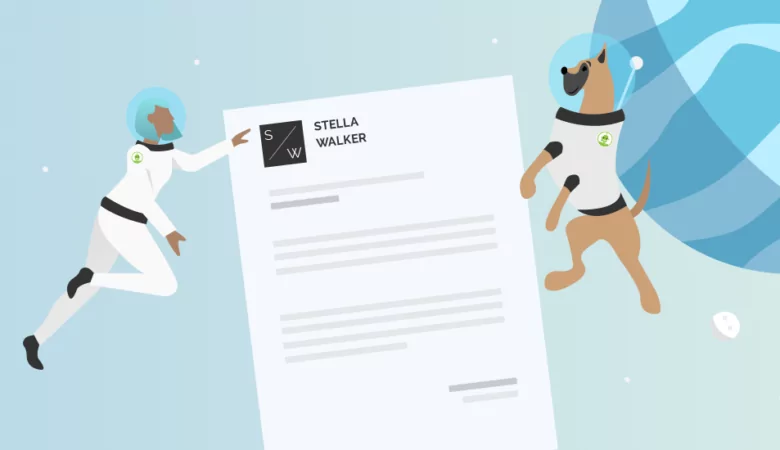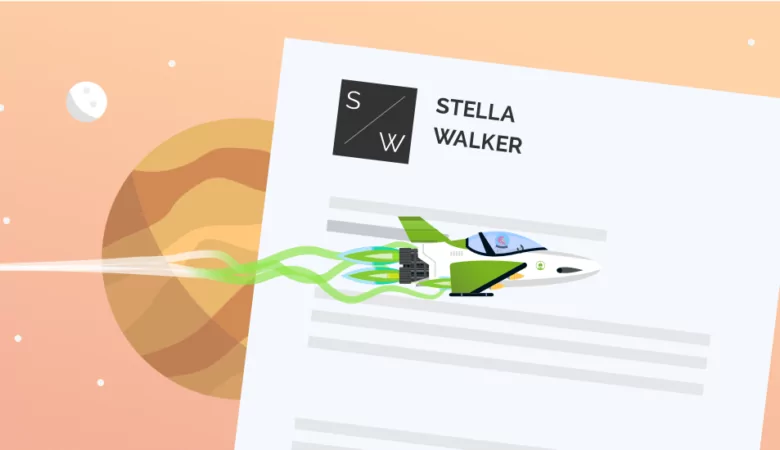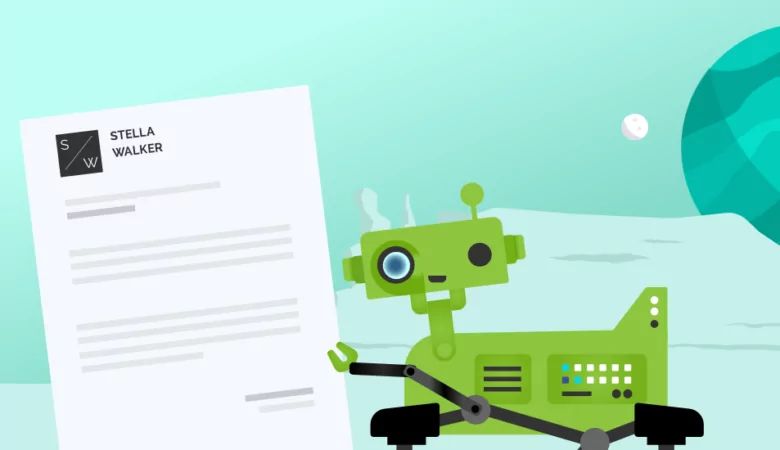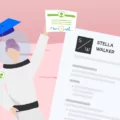If you have additional documents to include with your job application, a cover letter enclosure could be helpful. Do you know how to use a cover letter enclosure?
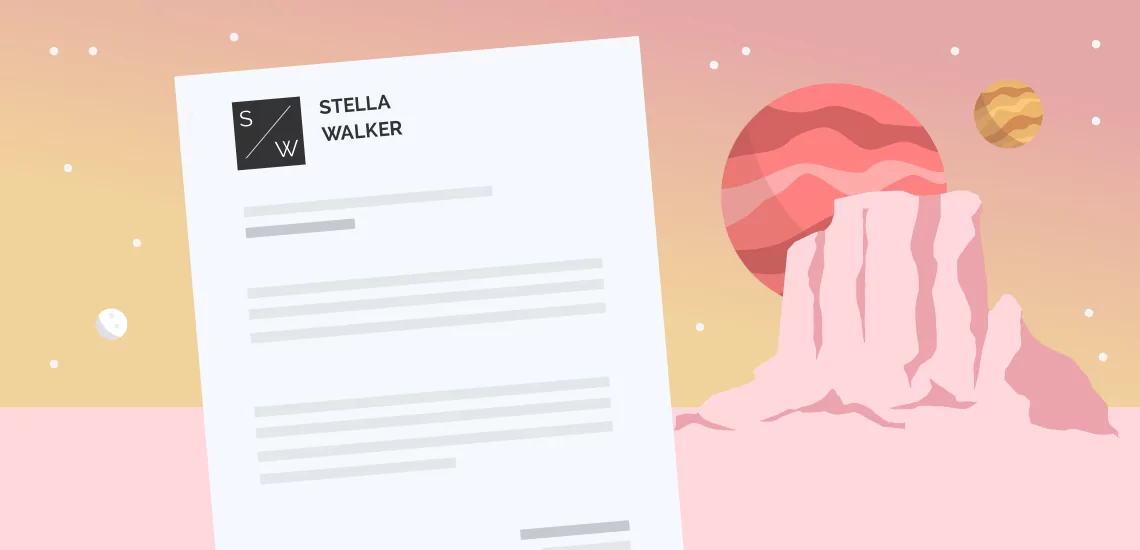
How to Use Cover Letter Enclosures to Boost Your Job Search
Cover Letter Enclosure
When you apply for a new job, there are often several documents that you would like to provide to a potential employer. A cover letter enclosure is a great tool for job seekers who want to ensure that all of their key documentation is kept together and delivered safely to the hiring manager. Here’s what you need to know about using a cover letter enclosure to your advantage.
What Is a Cover Letter Enclosure?
A cover letter enclosure is essentially a list of the documents that you have provided to support a job application. It is called an enclosure because it is placed on the actual business letter that is your cover letter and covers all of the supplementary documents provided for an application. You should never list your cover letter in an enclosure as it would make no sense to list the document that holds the enclosure itself. Here are examples of documents you might find in a cover letter enclosure:
- Resume or cover letter
- Recommendation letter
- Questionnaire
- Application form
- Copies of certificates or diplomas
These are just the most commonly included documents. You can list any document that is valuable to your job application in a cover letter enclosure. What your cover letter enclosure should not include is any of the information that should be on your traditional or email cover letter and resume, such as your phone number, street address, or other contact information, or any of the details you might include in an opening or closing paragraph. The cover letter enclosure should simply be a list of additional documentation.
Why It Is a Good Idea To Include a Cover Letter Enclosure
A cover letter enclosure is a useful addition to any job application. Your cover letter is what makes a first impression on hiring managers. They will read it before anything else, so telling them what to expect from the rest of your application can show them that you were paying attention to the job posting. This is especially true if they request specific documents. Though it is a small detail, a cover letter enclosure shows that you pay attention to every aspect of your job application. This makes it as valuable as a good spell check and proper formatting if you want to prompt a recruiter to initiate follow-up conversations. As they say, the devil is in the details!
How To Write a Cover Letter Enclosure
The process of including a cover letter enclosure is fairly simple, but you do need to understand some basic formatting guidelines. First and foremost, you need to have a header. Your cover letter enclosure header is different from the main cover letter header, which should contain your name, contact information, and professional social media details. A cover letter enclosure header can be something like this:
- Enclosure
- Enclosures
- Encl.
The singular, plural, and abbreviated forms are all suitable so choose whichever appeals to you. Secondly, each item on your cover letter enclosure should be on a separate line or bullet point. This list should be at the very bottom of your cover letter, just above your call to action and sign-off. Here’s an example of a cover letter enclosure notation:
Enclosure
- Resume
- Application form
- Letter of recommendation
- Copy of high school diploma
- Job questionnaire
As previously stated, this should be at the bottom of your cover letter. A basic cover letter structure should go something like this:
- Cover letter header
- Salutation (e.g. Dear Mr. / Dear Mrs. [specific person/recruiter name])
- Opening paragraph
- Middle paragraph
- Final paragraph
- Call to action and sign off (e.g., “Sincerely”)
- Enclosure
If you want to create a high-quality cover letter quickly and gain access to great cover letter templates, consider the ResumeNerd cover letter builder. You can also consider relevant cover letter examples that sport enclosures to get inspiration as you write your cover letter.
FAQ: Cover Letter Enclosure
It is not always necessary to have a cover letter enclosure, but if you want to increase your chances of getting a new job, it can’t hurt to include one. Of course, there are times when an enclosure will be necessary. This is usually when the hiring manager has asked candidates to provide additional documentation.
Basic cover letter formatting dictates that your cover letter enclosure should go at the end of the letter. This will maintain a tidy and professional appearance but also ensure that the additional documentation is the last thing that a recruiter will read.
If you choose to have a cover letter enclosure, you should include additional documentation such as letters of recommendation, copies of college diplomas, or job questionnaires. You can also place your resume in a cover letter enclosure.

